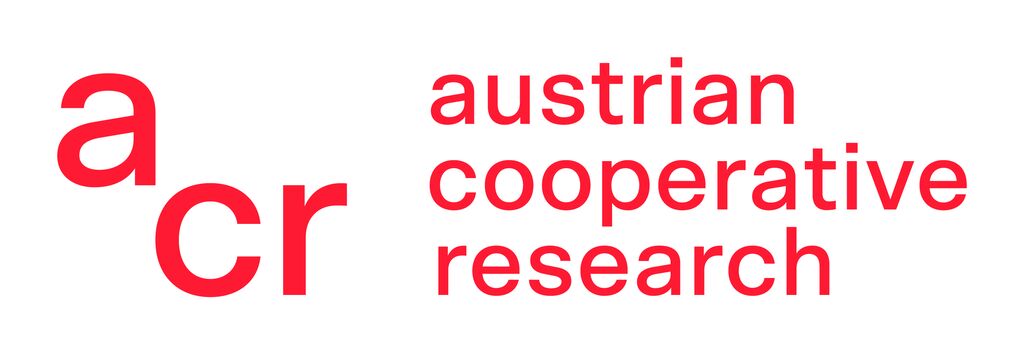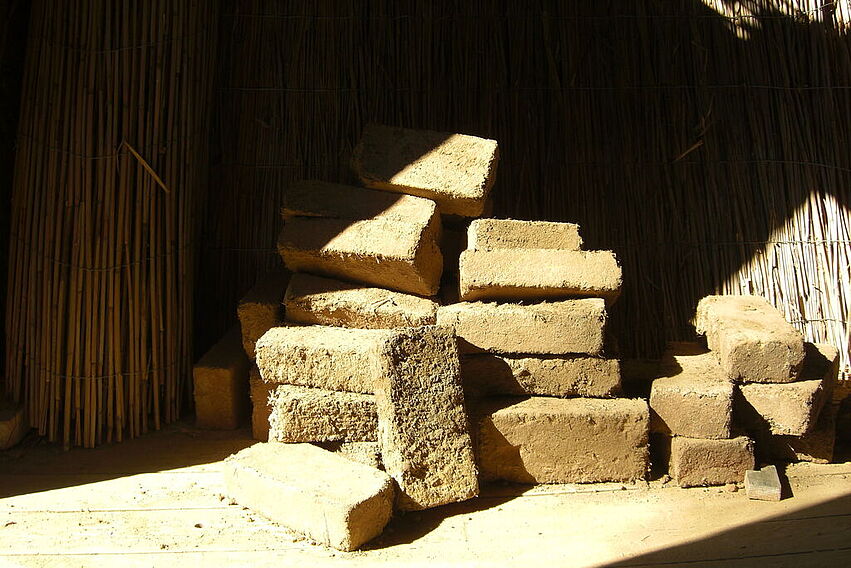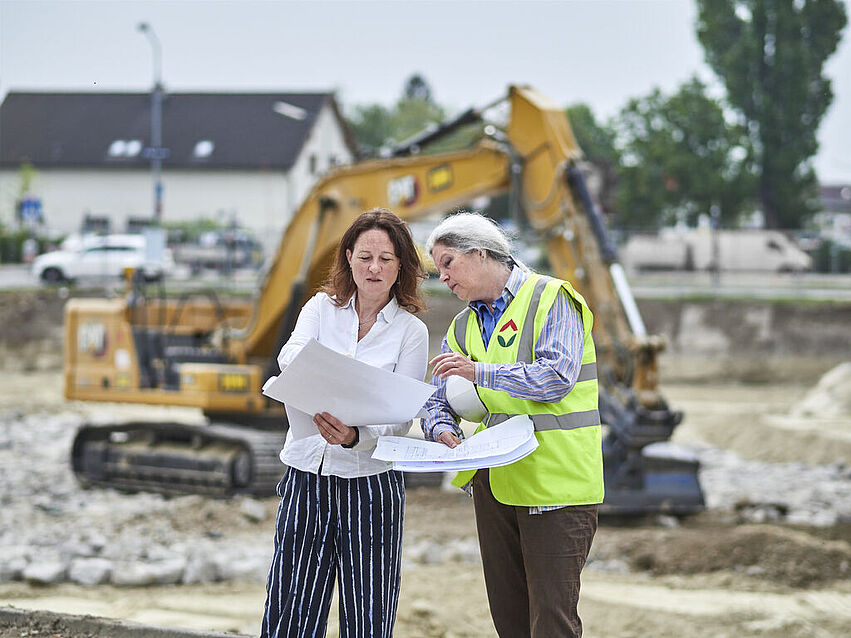Alongside transport, the construction industry is one of the most resource- and energy-intensive sectors of the economy. The extraction, production and transport of building materials are among the most significant emitters of CO2, and their disposal also involves considerable expense. Throughout Europe, there are initiatives for the controlled dismantling of buildings, within which materials from the construction sector are recycled. These projects are good and important, but the materials that are reused can often contain so-called legacy substances. These are potentially harmful additives that were used in construction products and are currently present in existing buildings. The use of plastics in building materials has also increased significantly; these can harbour health risks and limit the recycling potential.
On the other hand, there is a material that combines several advantages: clay is available almost everywhere, does not require any harmful additives and can be returned to the natural cycle without hesitation. The material is available locally, can be utilised and disposed of. Clay earth as a building material has experienced a renaissance in recent years - even though it is still a niche product. Due to its different source materials, form of origin and composition, clay has different properties and suitability, which require processing in the factory in order to be able to offer users guaranteed quality. As a result, one of the most outstanding properties of clay, namely its regional availability, is not utilised when clay is transported from far away. The use of in-situ clay - i.e. clay produced on the building site - is associated with major uncertainties in terms of quality and application possibilities. For this reason, industrially produced clay is often used.
It is important to select a material always in the context of the building task and shape. Inadequately used building materials may lead to structural damage and consequently to a deterioration in the image of materials. Provided it is processed and used correctly, clay can be of great ecological and health benefit. However, this requires extensive knowledge of the necessary properties for the respective field of application.
The aim of the Clay to stay research project is to expand the use of clay in the construction sector. The following questions and topics will be addressed in the course of the project:
A market survey will be carried out by KMFA among clay processing companies as well as planners and property developers in order to determine how clay processing SMEs can be supported in order to increase their market share and which requirements must be met for the use of clay in large-volume residential construction. The often existing gap between research and application is to be closed through contact between research companies and SMEs as part of the surveys. By analysing studies that have already been carried out, in which indoor air quality and occupant health in residential buildings of different construction methods were surveyed, conclusions will be drawn about the health effects of earth indoors. Transient hygric-thermal building simulations lead to statements about the durability of the construction and the avoidance of structural damage with health effects (mould growth in and on the construction). In addition, the potential of moisture buffering of earth building constructions is explored at room level, which is of essential importance for indoor climate and thermal comfort. Low-threshold test methods are being developed to examine in-situ earth to determine its suitability for the various applications and microscopic analyses are being carried out to determine the clay mineralogy. Both an earthen wall and a conventional plasterboard wall are integrated into the two identical rooms of the AEE INTEC façade box, pollutants and moisture are introduced in a controlled manner and indoor air measurements are then carried out. The aim of the measurements of various indoor air parameters is to quantitatively assess the absorption capacity of the loam with regard to pollutants and moisture. In addition, the effective storage mass is determined and the comfort in the test rooms is qualitatively assessed.
In this project, tests are being carried out at different levels - further cooperation beyond the project is being sought by all institutes and is desirable in terms of a circular materialisation of the building industry.






